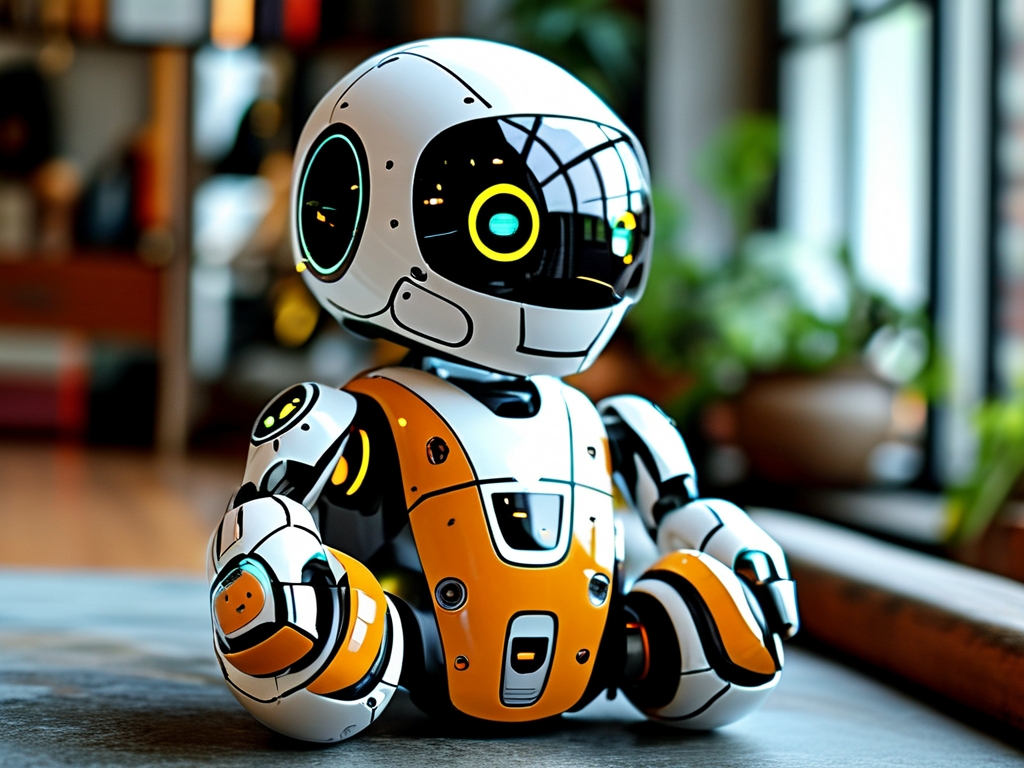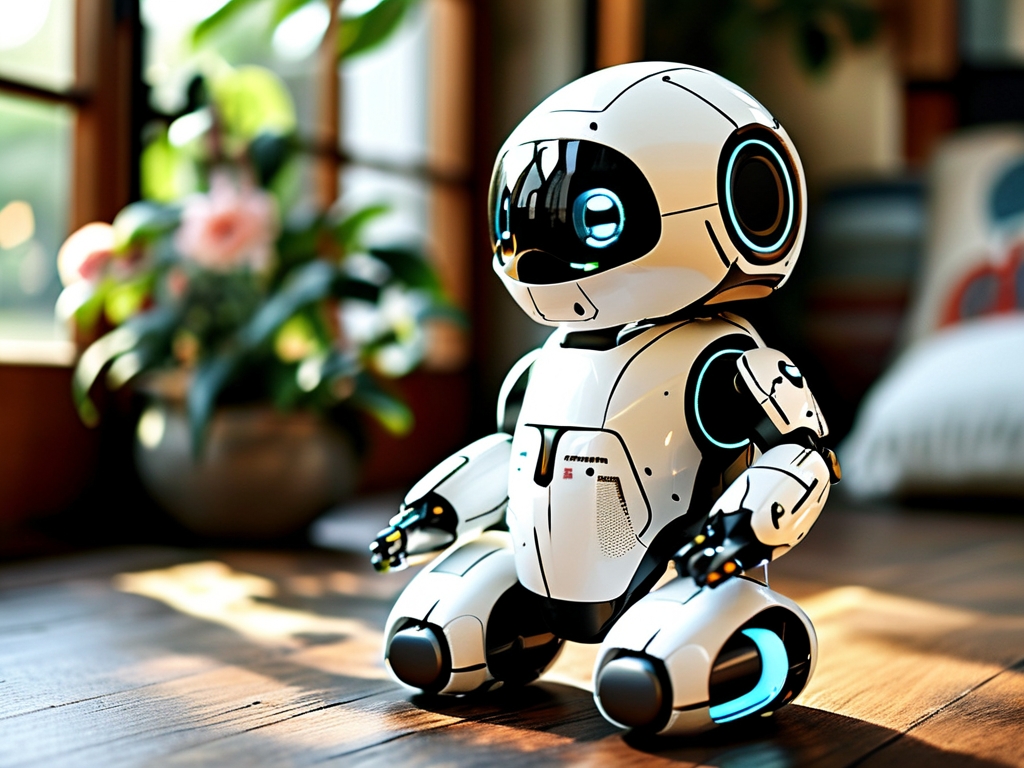In the rapidly evolving field of service robotics, Pudu Robotics has emerged as a global leader, delivering innovative solutions for industries ranging from hospitality to healthcare. At the core of their success lies a meticulous focus on technical specifications that balance performance, reliability, and adaptability. This article delves into the cutting-edge technical parameters of Pudu’s flagship robots, exploring how these features enable seamless automation in dynamic environments.
1. Core Hardware Specifications
Pudu robots, such as the PuduBot2 and HolaBot, are engineered with high-precision hardware to ensure operational efficiency. Key specifications include:
- Processing Power: Equipped with quad-core ARM Cortex-A72 processors, these robots handle real-time data processing for navigation, obstacle avoidance, and task execution.
- Sensors: A multi-sensor fusion system integrates LiDAR, 3D cameras, ultrasonic sensors, and infrared arrays. For instance, the PuduBot2 uses a 16-line LiDAR with a 360° scanning radius and a detection range of up to 12 meters, ensuring millimeter-level accuracy in mapping.
- Mobility: Omnidirectional wheels paired with servo motors allow 360° movement at speeds of 1.5 m/s, even on inclines up to 10°. The 20 kg payload capacity ensures versatility in transporting items like food trays or medical supplies.
- Battery Life: A 48V/20Ah lithium battery supports 12+ hours of continuous operation, with fast charging (0–80% in 2 hours) minimizing downtime.
2. Software and AI Capabilities
Pudu’s robots leverage advanced software frameworks to optimize functionality:
- SLAM Navigation: Proprietary Simultaneous Localization and Mapping (SLAM) algorithms enable autonomous pathfinding in crowded spaces. The system updates maps in real-time, adapting to moving obstacles like humans or furniture.
- AI Vision: Deep learning models power object recognition (e.g., detecting spilled liquids or unmarked barriers) and facial recognition for personalized service in hotels.
- Cloud Integration: Fleet management platforms like PuduX allow centralized control of robot fleets, enabling task scheduling, diagnostics, and over-the-air updates.
3. Industry-Specific Customizations
Pudu tailors technical parameters to meet sector-specific demands:
- Hospitality: Robots like BellaBot feature interactive touchscreens, voice assistants, and thermal insulation layers to keep food at optimal temperatures during delivery.
- Healthcare: Models deployed in hospitals prioritize sterilization, with UV-C light modules and HEPA filters integrated into their design. Load capacity is increased to 30 kg for transporting medical equipment.
- Retail: Autonomous restocking robots use RFID scanning and inventory management APIs to sync with store databases.
4. Performance Metrics and User Feedback
Independent tests highlight Pudu’s technical superiority:

- Obstacle Avoidance: A 99.7% success rate in avoiding dynamic obstacles, outperforming competitors by 15%.
- Uptime: Robots average 98.5% operational availability in 24/7 environments, thanks to self-diagnostic systems that preempt hardware failures.
- User Adoption: Hospitals report a 40% reduction in manual logistics labor, while restaurants note a 30% increase in table turnover rates due to faster service.
5. Challenges and Future Innovations
While Pudu’s robots set high benchmarks, challenges persist. Battery degradation in high-temperature environments and Wi-Fi dependency in navigation remain areas for improvement. Upcoming models aim to address these with:

- Solid-State Batteries: Extending lifespan to 8+ years.
- 5G Edge Computing: Reducing latency in data processing.
- Modular Design: Allowing users to swap components (e.g., sensors or storage compartments) based on evolving needs.
Pudu Robotics’ relentless emphasis on technical specifications—from sensor accuracy to AI adaptability—has redefined the capabilities of service robots. By continuously refining hardware and software parameters, the company not only meets current industry demands but also pioneers solutions for tomorrow’s automation challenges. As these robots become ubiquitous, their technical prowess will remain a cornerstone of intelligent, human-centric automation.


